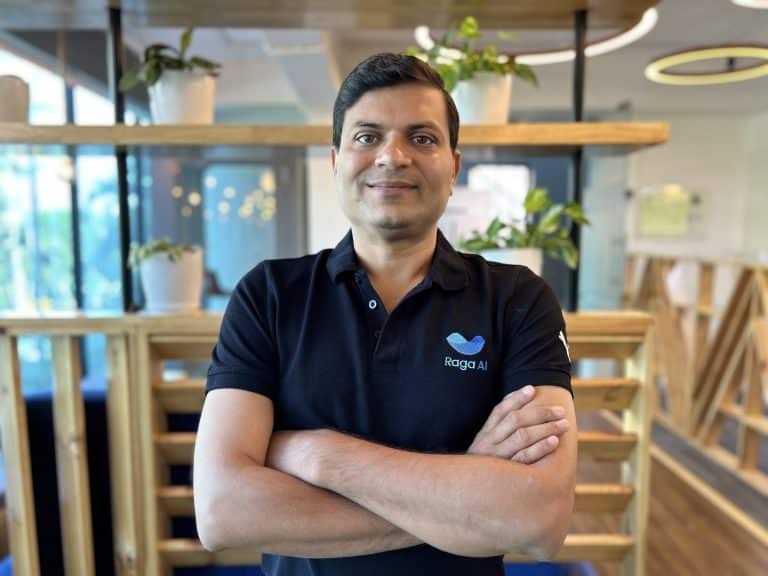Machine learning and deep learning methodologies have seen massive advancements in the recent past. GNN is a relatively newer deep learning method that comes under the category of neural networks that work on processing data on graphs. These algorithms can look for information from the graphs and predict outcomes with the help of the information gathered.
A graph usually represents data with two components–nodes and edges (that form a connection between two nodes). GNN can be applied to graphs to conduct node-level, graph-level and edge-level predictions.
Better than CNNs?
As per research, CNNs can only operate on regular Euclidean data, like images (2D grids) and texts (1D sequences), while these data structures can be regarded as instances of graphs. Graphs, on the other hand, are non-Euclidean and can be used to study and analyse 3D data. GNNs can offer the human brain’s reasoning process, which sets them apart from other neural networks.
In standard neural networks, the dependency information is only regarded as the feature of nodes. GNNs can propagate the graph structure instead of using it as part of the features.
The research also says that to present a graph completely, it is needed to move through all the possible orders as the model’s input like CNNs and RNNs. But GNNs can propagate on each node respectively while ignoring the input order of nodes.
Applications of GNNs
- Natural language processing–Graphs can be an important part of NLP applications. They can be used for text classification, information extraction, and answering questions.
- Computer vision–Though the application of GNN in computer vision is still growing; much progress has been made. GNN algorithms can be used in image classification, human-object interaction, and few-shot image classification, among others.
- Physics–This paper says that “a physical system can be modelled as the objects in the system and pair-wise interactions between objects.” GNNs can be used by modelling the objects as nodes and pair-wise interactions as edges.
- Chemistry and Biology–GNNs have found applications in molecular fingerprints, chemical reaction prediction, protein interface prediction, drug research, biomedical engineering and more.
- Traffic networks–GNNs are also used for forecasting traffic movement, volume or the density of roads. The nodes can be the sensors installed on roads, while the distance between pairs of nodes measures the edges.
- Recommendation systems–Graphs are increasingly being used in user interactions with products by companies.
Problems remain
The paper named “Graph neural networks: A review of methods and applications” talks about a few problems that remain with GNN, though much progress has been made. They are:
- Robustness–As it is a part of the neural network family, GNNs are also vulnerable to adversarial attacks. While an attack on images and text focuses on features, adversarial attacks on graphs consider further information.
- Interpretability–The paper says that it is important to apply GNN models to real-world applications with trusted explanations. Like computer vision and NLP, it is important to look at interpretability on graphs.
- Graph Pre Training–Neural network models need a large amount of labelled data. It is expensive to obtain such a high quantity of human-labelled data. So, self-supervised models are proposed to guide models to learn from unlabeled data available from websites. This method has been successful in CV and NLP. Focus has also been on pretraining on graphs, but they come with different problem settings and focus on different aspects. As it is an emerging field, it still contains problems related to the pretraining tasks’ design and the effectiveness of existing GNN models on learning structural or feature information.
- Complex graph structures–Graph structures can be flexible and complex in real-life applications. Various works have been proposed to deal with complex graph structures like dynamic or heterogeneous graphs.
GNNs can be a very important area in machine learning in the coming years. If the problems listed above can be addressed, they can be deployed to tackle big problems as well.



















































































